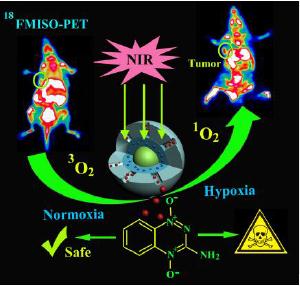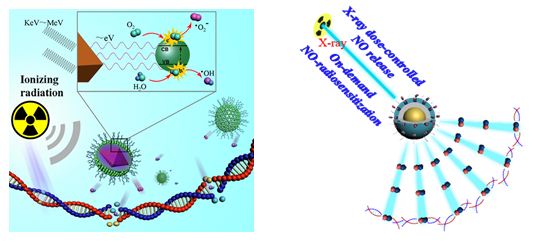

Cellular structures with an ultralow density and outstanding density-normalized properties are unique materials for structural, environmental, electrochemical, biomedical applications as well as military and aviation and aerospace fields. Ultralight and ultrastiff materials with density close to air or less than 10 mg/cm3, such as Ni-P metallic and Al2O3 ceramic microlattices, have consequently become a hot research topic. However, the Young’s modulus (E) of ultralight cellular materials scales poorly with density, generally following E~ρn (n>2), and structural stability and reversible elasticity become poor. Scientists have focused on carbon nanotubes or graphene to construct various carbon-based cellular materials, but the great challenge is to fabricate cellular materials with excellent mechanical and electrical properties, which are as light as a balloon yet as strong as metal.
Researchers such as Bi Hui and Huang Fuqiang, from the Shanghai Institute of Ceramics, Chinese Academy of Sciences, Peking University and University of Pennsylvania have recently discovered a new three dimensional tubular graphene called “Super Material”, which exhibits structural hierarchy, densities ρ≥1.0 mg/cm3, and a large surface area of ~1000 m2/g. The 3D tubular graphene consists of graphene nanotubes to form an ideally tetrahedrally connected stable diamond-like structure.
According to researchers, the 3D tubular graphene can be compressed to just 5 percent of its original size and still return to its original shape, and remained intact after the process is repeated 1,000 times. Its reversible elasticity is better than that of any previously reported cellular materials.
The 3D tubular graphene has ultrastiff mechanical performance, and its compressive moduli can reach up to 100MPa. It is able to support 40,000 times its own weight without bending, and, as an outstanding elastic conductor, the new material is about 207 times stronger than steel by weight and able to conduct electricity with very high efficiency. The mechanical and electrical properties of the 3D material are 1- 2 orders of magnitude higher than other previously reported graphene materials.
One piece of the graphene foam withstood a blow of more than 14,500 pounds per square inch – almost as much pressure as is experienced at the Challenger Deep with the depth of 10.9 km in the Mariana Trench, off the coast of the island of Guam, US, the deepest depth of the world’s ocean.
The new material can withstand more external shocks than other previously reported graphene materials. The property suggests that one possible use for it could be as a cushion under the surface of bulletproof vests and on the outside of tanks to absorb the shocks from of incoming projectiles. This super material has sensitive electrical, magnetic, thermal and sound responsiveness, and can also be applied to efficiently absorb light, acoustic and electromagnetic waves at a wide band in the stealth field.
These characteristics do not change with temperature, unlike those of many other metals and construction materials. Therefore, the material could be applied to ultralight "space" ladders in the aerospace field and lightweight cables.
The 3D graphene is hydrophobic and can rapidly absorb hydrophobic chemicals (e.g., oil spills) from contaminated water, and the absorption quantity is more than 600 times of its own weight. Therefore, the 3D graphene can be used in environmental protection and pollution control. The material’s antibacterial properties also make it suitable to apply in senior clothing and footwear products for athlete, health care, etc.
The research results have been published on Advanced Materials (DOI: 10.1002/adma.201502682).


